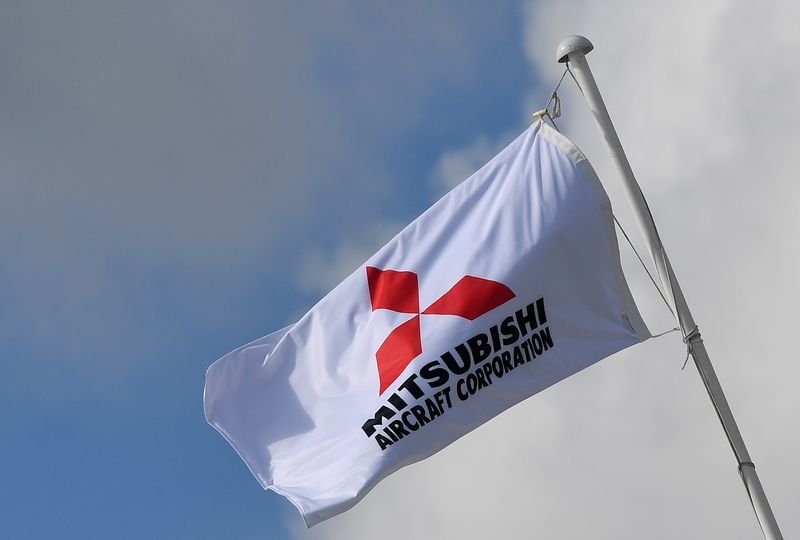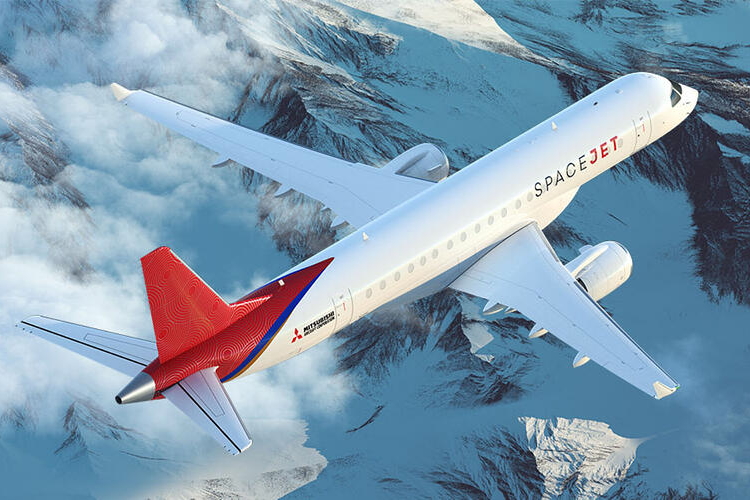
TOKYO (Reuters) – Japan’s Mitsubishi Heavy Industries said on Thursday it will book a 496.4 billion yen ($4.5 billion) special loss after its aircraft unit delayed the delivery of its SpaceJet regional jet for at least another year until after March 2021.
The sixth delay announced by Mitsubishi Aircraft is a fresh blow to Japan’s commercial jet ambitions and could stretch Mitsubishi Heavy Industries’ finances.
The company cited the special loss as one reason for wiping out a forecast for operating profit of 220 billion yen in the business year ending March 31.
The new postponement also means an aircraft that Mitsubishi Heavy had planned to bring to market in 2013, will have to compete against a new generation of regional jets built by Brazil’s Embraer SA <ERJ>.
Japan’s biggest airline by revenue, ANA Holdings Inc., is now to take the first delivery of the jet sometime after March 2021.
Mitsubishi Heavy, which builds products ranging from nuclear reactors and ships to rockets and industrial machinery, has traditionally relied on stronger units to support weaker businesses.
“We use cashflow and borrowing to finance our projects and going forward the SpaceJet development will require further funds,” a spokesman for Mitsubishi Heavy said. The company, he added, had no plan at the moment to raise capital for aircraft development.
Government funding would not be an option for Japan’s biggest heavy machinery maker even though the SpaceJet is backed by the government because doing so would contravene World Trade Organization (WTO) rules banning taxpayer subsidies.
A spokeswoman for Mitsubishi Aircraft declined to say how much development of the SpaceJet has cost so far.
The company on Thursday said it had appointed Takaoki Niwa, the head of its U.S. operations, as its new president, replacing Hisakazu Mizutani, who will become chairman.
(Reporting by Tim Kelly; Editing by Kim Coghill and Christopher Cushing)



